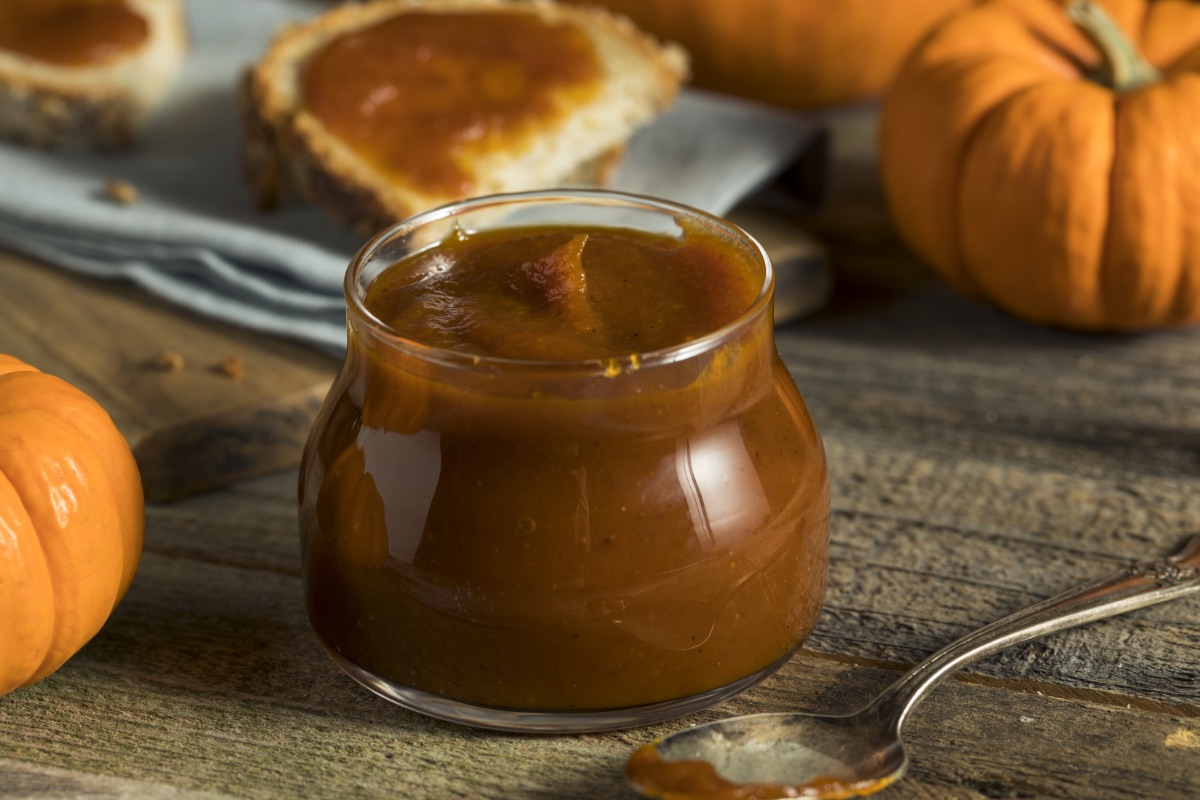I discovered the potager, or “kitchen garden,” when we first moved to Provence. Everyone in that part of France had a garden, and every day, someone from the household would go out to gather the foundation of the day’s meals. The vegetables changed with the seasons, and seeds and seedlings were planted all year long, ensuring a continuous flow of food.
The importance of a potager in the scheme of French country life cannot be overestimated. Indeed, I devoted a whole chapter to the topic in my book, La Vie Rustic. The deed to my house in Provence specifies, among the several parcels of land, barns, and outbuildings, un potager. The designated piece of land for this garden is adjacent to a field and next to a well, a hefty distance from the main building.
This is not unusual, however. In the grand scheme of French rural life, even as property was divided in inheritances, each dwelling had to have what was needed for a sustainable life. In my case, this included a plot for a vegetable garden, a bit of land for trees and crops, space to keep animals, a share of the threshing ground, and a source of water.
Ever since my initiation into the tradition of the potager, it has been one of the most rewarding aspects of my life. When my first husband and I moved to a suburb in Northern California after returning from France, we established a potager in our front yard. After digging up half the lawn, we planted peas, radishes, carrots, and lettuces in early spring, followed by squashes, eggplants, and peppers for summer. We couldn’t find seeds for fava beans, so a French friend mailed some to us. We harvested from the garden all spring and summer long, and our table was never bereft of fresh vegetables. As fall’s cooler weather approached, we planted cool-weather crops like broccoli and cauliflower and made salads throughout the fall and winter.
Today, all of my children have their own vegetable gardens, from a backyard in San Francisco’s Mission District to raised beds in a Portland, Oregon, side yard, and they cook from them on a daily basis, bringing my grandchildren along to help with the harvest.
I know planting a kitchen garden may seem daunting, but, like so many things, once you’ve started, you’ll find it isn’t so mysterious after all.
It doesn’t have to be large. Remember, it’s just a garden to provide a little something fresh for you and your family each day throughout the season. It could be just some radishes and arugula in spring, zucchini and tomatoes in summer, lettuce and chard in fall, and, depending on where you live, spinach and broccoli during the winter months,. It can be a small garden, 12 feet square for example, or even smaller.
Here are some tips to get you started:
1. Pick fool-proof seeds.
One tip for success is to choose seeds that fit the season and are pretty much fool-proof, like radishes, arugula, and peas in spring. These are all vegetables that are most successfully grown directly from seed, rather than from transplants. You could also sow some lettuces seeds, but you can use transplants for these if you prefer.
2. Add flowers.
I like to plant a row, or sometimes a circle, of nasturtiums in my garden in spring, then as the weather warms, I add sunflowers and zinnias. They’re just simple, easy to grow flowers that add color—and also cuttings for bouquets. Like radishes and peas, these flowers are easily grown from seed.
3. Don’t overdo it.
I remember being way too ambitious with an early try at a kitchen garden. The space I allocated was too large, and I planted mostly vegetables to harvest in summer. It was way more than enough for daily use—more like enough to feed the entire neighborhood. People got tired of me trying to fob off my huge zucchini and endless eggplant on them. I couldn’t keep up with the food it produced. I discovered the French-style kitchen gardens to be on a more human scale.
4. Always be planting.
The number one trick to a successful year-round garden is this: While you are still enjoying one harvest season, you are also planting for the next. When you are serving your spring radishes with butter and sea salt, tossing your spring peas in risottos, and adding handfuls of arugula to your salads, make way for your summer plantings. Clear some space, turn your soil, and plant a few cherry tomato seedlings and some sweet pepper plants, purchased at your nursery. Also plant seeds of green beans and summer squash. By the time your radishes are getting pithy, the arugula flowering and the pea pods starting to dry out, your summer garden will be near to its first harvest.
This article was written by gbrennan from Food52 and was legally licensed through the NewsCred publisher network. Please direct all licensing questions to legal@newscred.com.







